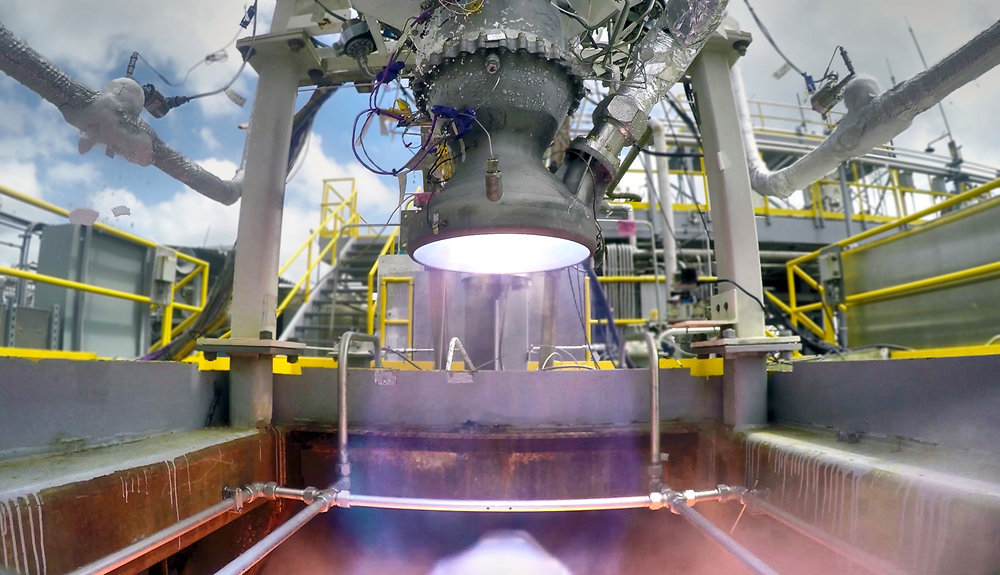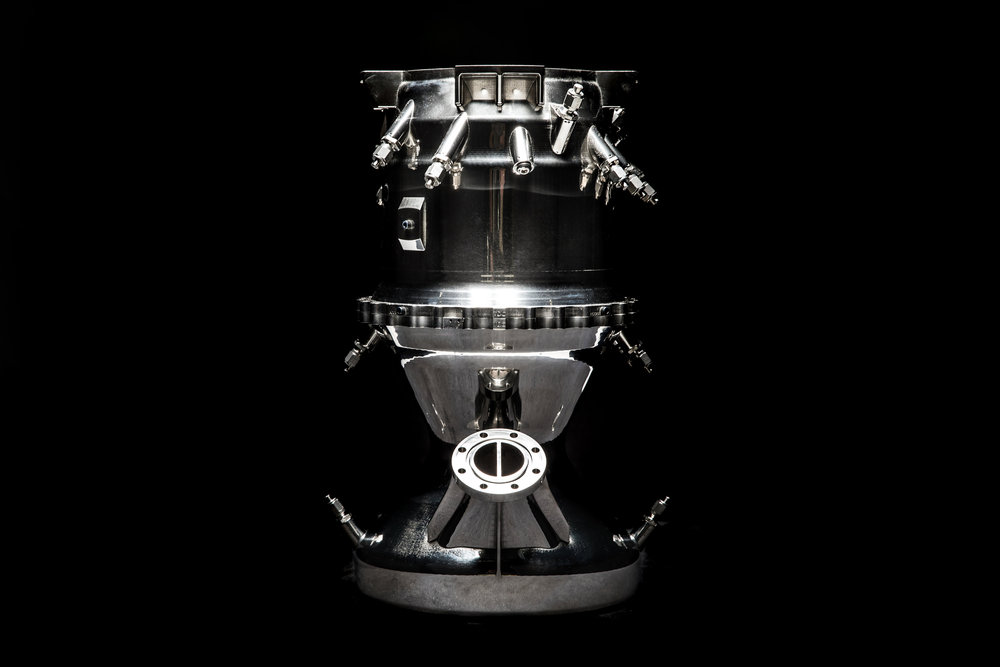Based in Los Angeles, Relativity Space is developing a new 3D printer for, “scaling and sustaining an interplanetary society”.
Since founding in 2015, Relativity Space has received $10 million in funding – with backers including Mark Cuban and Y Combinator.
The company promises that 3D printing will allow them to go, “from raw material to flight in less than 60 days” and claims their Stargate 3D printer is, “the largest metal 3D printer in the world.”
One component made so far is a 7-foot-wide and 14-foot-tall metal 3D printed fuel tank. A goal for 2020 is to 3D print a 90-foot-tall, 7-foot-wide rocket. Cost per launch is intended to be $10 million. By comparison SpaceX was awarded Air Force contracts at $83 million and $96.5 million – the former figure 40% below similar contracts with United Launch Alliance.

The Stargate 3D printer
The Stargate 3D printer uses several Kuka robotic arms onto which a laser is mounted. Using aluminium metal wire fed into the focal point of the laser, components can be 3D printed.

Research is underway at Relativity Space into stronger alloys and the company has an in-house metallurgy and material characterization lab.
The team at Relativity Space certainly has some highly relevant experience in this area, in particular a Senior Mechanical Engineer with over 6 years experience at Sciaky.
Blue Origin are using Sciaky’s EBAM system to develop the BE-4 engine destined to power the New Glenn launch in 2020.
The company’s New Shepard spacecraft has, “over 400 additively manufactured parts”. With five launches of the reusable rocket completed, a crewed mission is planned for 2018.
Relativity CEO and co-founder Tim Ellis was previously employed by Blue Origin for 2 years where he was “responsible for bringing metal 3D printing (aka additive manufacturing) in-house”.
Ellis is the designer of novel reaction control system (RCS) thruster intended to fly on the Blue Origin suborbital capsule. He also developed the company’s first turbopump hydrostatic bearing viability testing platform and was a developer on “additive manufacturing, reaction control thrusters, turbomachinery, igniters, propulsion test stands, BE-4, and orbital vehicle programs.”
Jordan Noone, Relativity Space CTO and co-founder, has a year and a half experience with Mariachi loving Elon Musk’s SpaceX. Noone also spent time as an intern at Blue Origin. SpaceX have used EOS metal additive manufacturing systems to produce components including the SuperDraco rocket chamber.

Elon Musk recently confirmed that, “Some parts of Raptor will be [3D] printed, but most of it will be machined forgings. We developed a new metal alloy for the oxygen pump that has both high strength at temperature and won’t burn.”
While Musk wants to a mission to Mars, Relativity Space has even wilder dreams, in a recent interview CEO Ellis said, “Our long-term mission is to print the first rocket on Mars.”

For all the latest additive manufacturing news sign up to the 3D Printing Industry newsletter, follow us on Twitter and like us on Facebook.
Featured image shows the Stargate 3D printer at Relativity Space HQ. Photo via Relativity Space.


